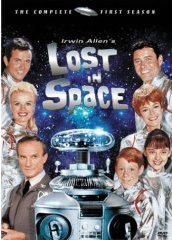AWS News Blog
UC Berkeley Stardust @ Home
|
|
 The Stardust @ Home project at UC Berkeley is using Amazon S3 to store tens of millions of scanned images. Each image is a virtual slice through a chunk of an amazing material known as aerogel. The aerogel was dragged through the tail of a comet and then returned to Earth. Buried within the outermost 100 microns of the aerogel are about 50 grains of space dust and this project aims to find them all. Think needle in a haystack, with very small needles and lots of hay.
The Stardust @ Home project at UC Berkeley is using Amazon S3 to store tens of millions of scanned images. Each image is a virtual slice through a chunk of an amazing material known as aerogel. The aerogel was dragged through the tail of a comet and then returned to Earth. Buried within the outermost 100 microns of the aerogel are about 50 grains of space dust and this project aims to find them all. Think needle in a haystack, with very small needles and lots of hay.
Volunteers from all over the world will comb through these scanned images looking for the characteristic signs of space dust. Once a particle has been located, it will be extracted from the aerogel and analyzed.
A while ago I wrote that sometimes you need just a little bit of storage. Here’s a twist on that. Sometimes you need a lot (enough for 30 million high resolution images in this case), but sometimes you don’t need it for all that long. This is another case where scalable, on-demand storage is the right solution. Research projects don’t always have the budget to procure expensive storage hardware, and they don’t have a good use for it once the project is over. Amazon S3 is a great solution in this case.
— Jeff;
